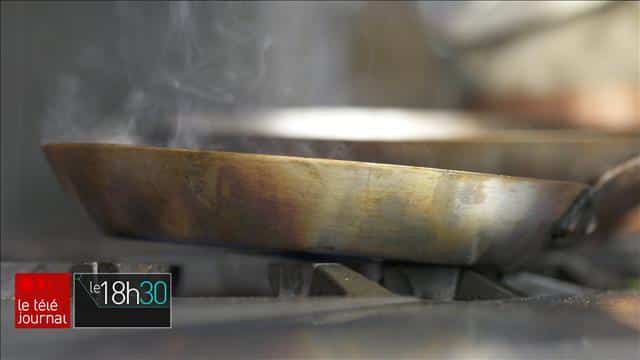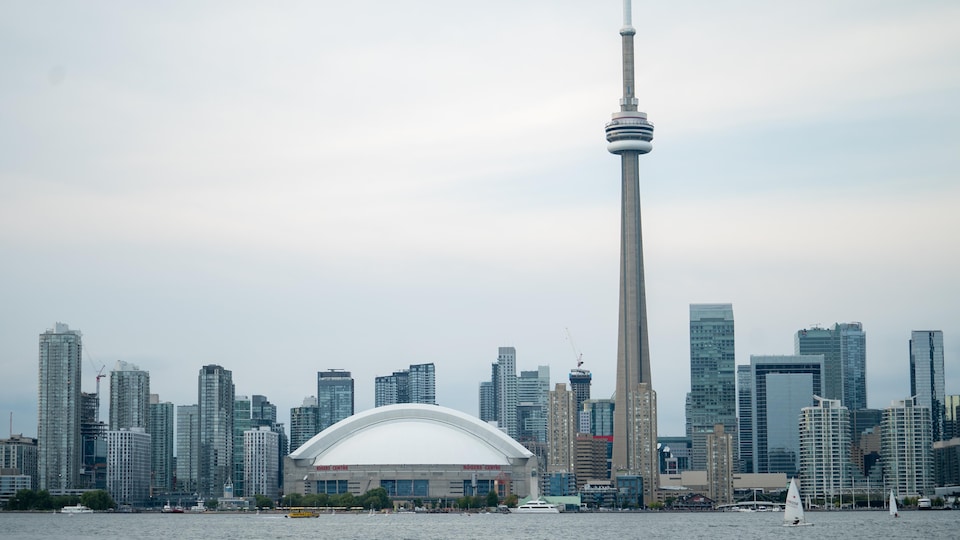According to this study, all the methane emissions produced by the 43 million gas stoves used in the United States are equivalent to the greenhouse gas (GHG) emissions of 500,000 gasoline-powered cars per year.
These ranges release between 0.8% and 1.3% of natural gas as unburned methane, a major greenhouse gas. Compared to carbon dioxide, methane has 86 times greater global warming potential over a 20-year period. And at least 34 times greater over a 100-year period.
Even more surprisingly, three-quarters of these emissions occur when the cooker is off.
” We found that the methane emissions, when the gas cooker is turned off, account for more than three quarters of the total methane emissions from it. And the total amount of methane released by gas cookers increases the climate impact of their use by 39%. »
Natural gas fumes would not only be harmful to the environment, they would also represent a health risk. The Stanford University study notes that methane released by gas stoves threatens air quality.
Residents are more directly exposed to emissions from their stove than from their boiler. These fumes can include carbon monoxide and nitric oxides, which are responsible for several respiratory diseases, such as asthma, according to researchers.

We know that every gesture counts to reduce the use of fossil fuels. Even the choice of your stove weighs in the balance. The report by Elisa Serret.
In Canada, gas stoves are less common than in the United States, all things considered. Their use remains moderate: there are approximately 1.4 million gas stoves in the country, or 9% of all stoves in the residential sector, according to the latest figures dating from 2018.
In Quebec, 98,900 homes are equipped with gas stoves, or 3%. While they represent only a small percentage of appliances used in homes, the situation is quite different in the catering sector.
Gas culture in restaurants
Renowned Quebec chef Normand Laprise is very concerned about the environment, but he admits that the gas stove is part of restaurant culture. My generation of cooks, the one before and the one after, we are all gas
, says Mr. Laprise, owner of the restaurant Toqué! to Montreal.
The chef is nevertheless a fan of cooking with an induction hob, which he uses in his house and partly in his restaurant.
” If I had to redo all my cooking at the restaurant, I think that at the level of the cold pantry – for starters – and in pastry, I would be completely induction. Maybe I would save gas for the hot, ie for the pieces of meat. »
But, according to the chef, a 100% electric shift cannot be considered by all restaurateurs, in particular because of the cost that it would represent. Redoing existing facilities would be huge costs, there is not a restaurant that could survive that, he explains. It costs less to have a gas inlet installed than to have to put entire electrical boxes in the building.
Renowned chef Daniel Vézina, owner of the Laurie Raphaël restaurant in Quebec, also has gas stoves in his restaurant. I’ve been in the kitchen for 40 years, he says. When you come home in the morning, it’s always like this: it smells of gas everywhere in the kitchen. It’s probably volatile fumes because the stoves are on all the time.
If he plans to buy an induction cooker for his residence, he says he is still very attached to cooking with gas in his restaurant. There’s something organic about cooking with flames, he says. The job of a cook is to control the heat […] It’s very instinctive as a cooking method, whereas induction is more cerebral.
In light of what the science says, would he be willing to ditch his gas stoves in his restaurant kitchen? I think I would be ready to make that gesture. We really need to reduce these GHGs, and all these stoves give off methane. We know how harmful it is. I would be ready to make the effort, for sure it would be a habit to change
he replies.
Prohibit gas connection
The International Energy Agency (IEA) recommended in May 2021 a ban on new fossil fuel boiler sales by 2025 to achieve carbon neutrality by 2050.
In Canada, initiatives are emerging to limit the supply of natural gas in homes. Municipalities and provincial governments are beginning to legislate residential energy use.
For example, the Quebec government passed a law last December that prohibits the installation of new oil-fired heating systems from 2024.
In Vancouver, any new heating system or hot water system must be carbon neutral by 2025. Nearly 60% of Vancouver’s GHGs come from the combustion of natural gas for space heating and water, of which 28% for individual houses.
In Toronto, approximately 50% of GHG emissions result from the combustion of natural gas in buildings. The City’s City Council adopted a strategy in July 2021 that identifies moving away from natural gas as a requirement to become carbon neutral by 2040.
As for Montreal, the City aims to reduce its GHG emissions by 55% by 2030, with a view to being carbon neutral by 2050. Is a ban on the connection to natural gas in new constructions in the cards? The city says reflect
Has solutions in line with established targets
in its climate plan.
The federal government aims to reduce the country’s greenhouse gas emissions by 40% to 45% within the next eight years, according to The 2030 Emissions Reduction Plan : Canada’s next steps for clean air and a strong economy, unveiled last week. In particular, it provides $33 million to set up a support program for home renovations.
A movement that is gaining momentum in the United States
It will soon be impossible to plug in a gas stove in a new apartment in New York. The city passed a law last December to ban natural gas in new buildings, making the megalopolis the largest city in America to ban or restrict the use of natural gas for cooking or heating.
The use of natural gas for heating and cooking represents 10% of greenhouse gas emissions in the United States. A third of homes there are equipped with gas stoves. To achieve their carbon neutrality objectives, cities do not wish to extend their distribution network further.
This decision is part of a movement initiated by several Democratic cities aimed at restricting or banning natural gas in the residential sector. The first to do so was the college town of Berkeley, California, which passed such a law in 2019.
And the movement has grown: more than 50 cities in California have since restricted or banned natural gas connections in new or existing buildings.
However, about twenty Republican states are seeking to curb these municipal initiatives. This is particularly the case of Arizona, Texas, Florida or Tennessee, which legislate to make any type of prohibition in this sense illegal.
Reference-ici.radio-canada.ca


